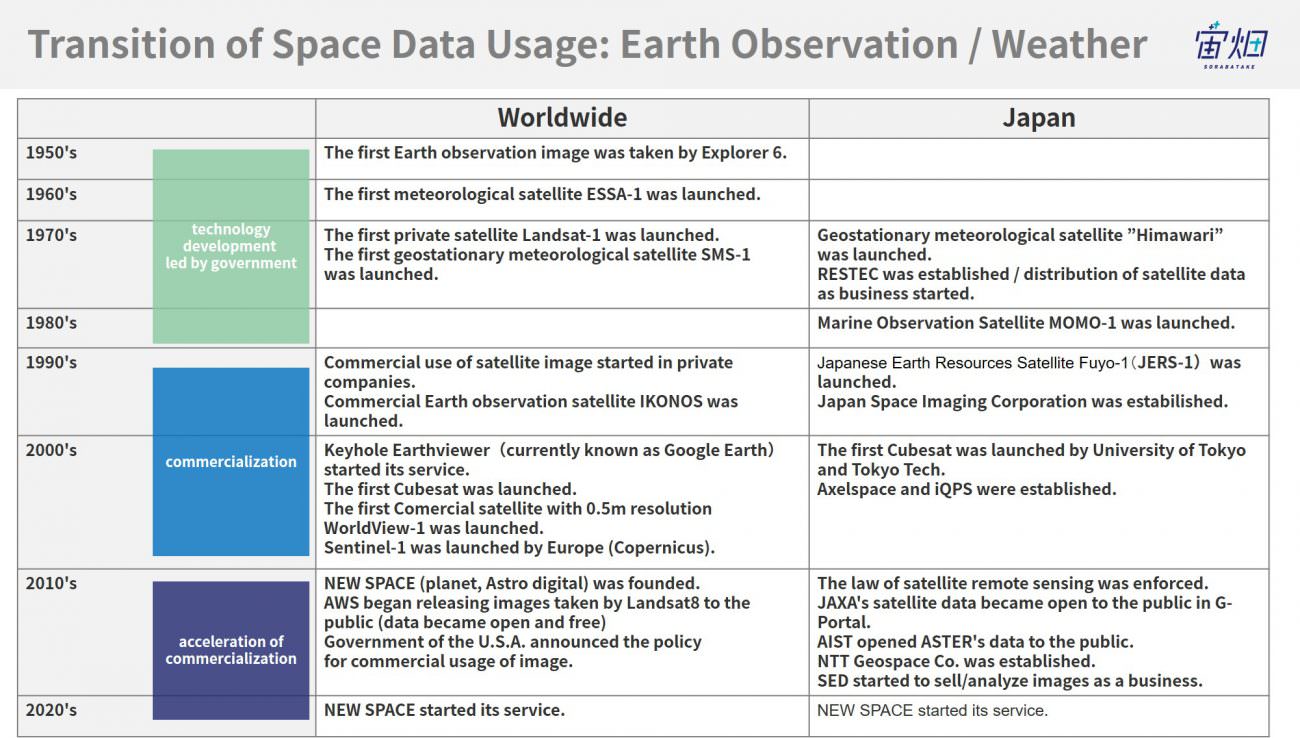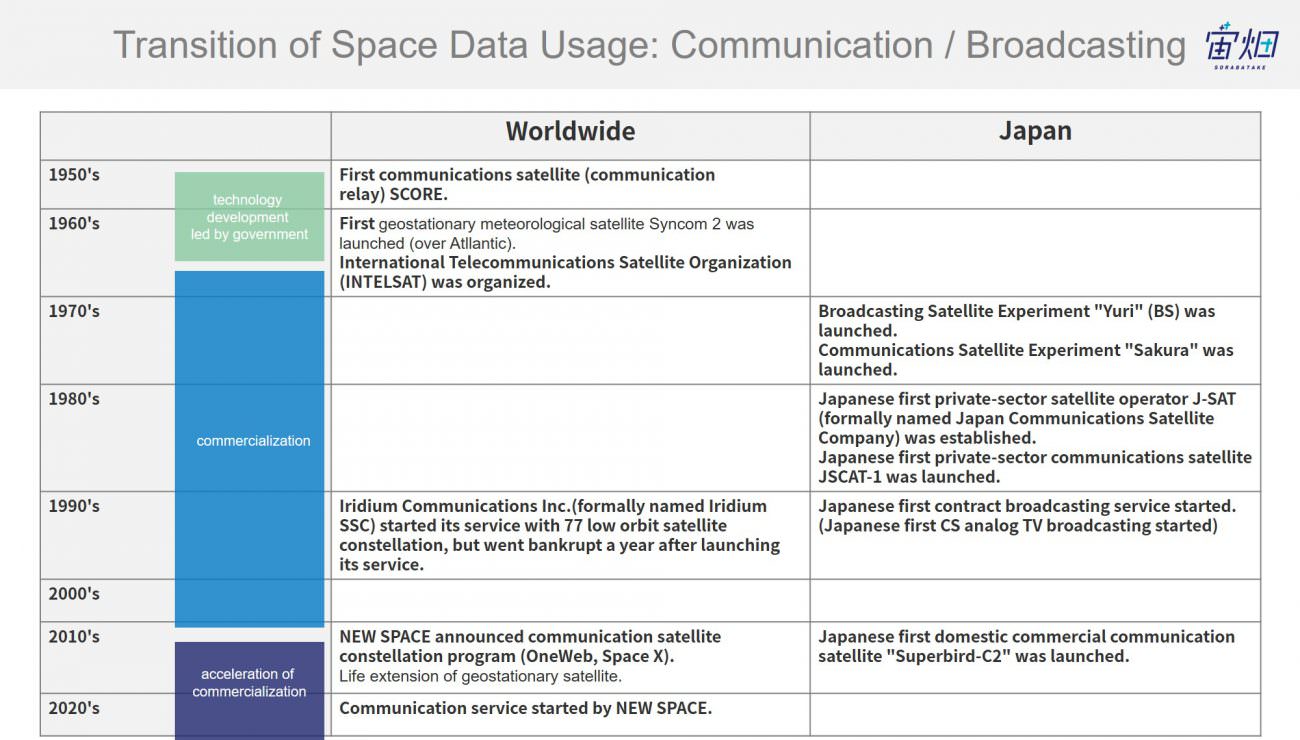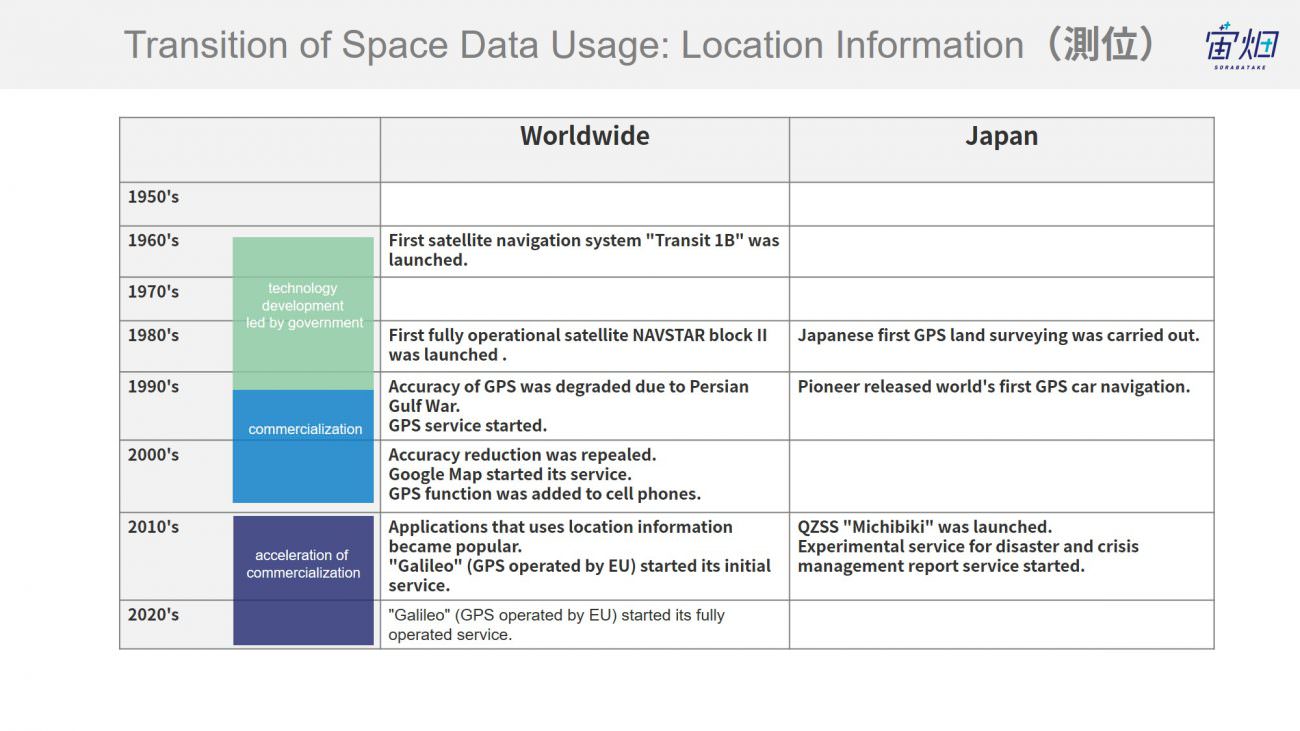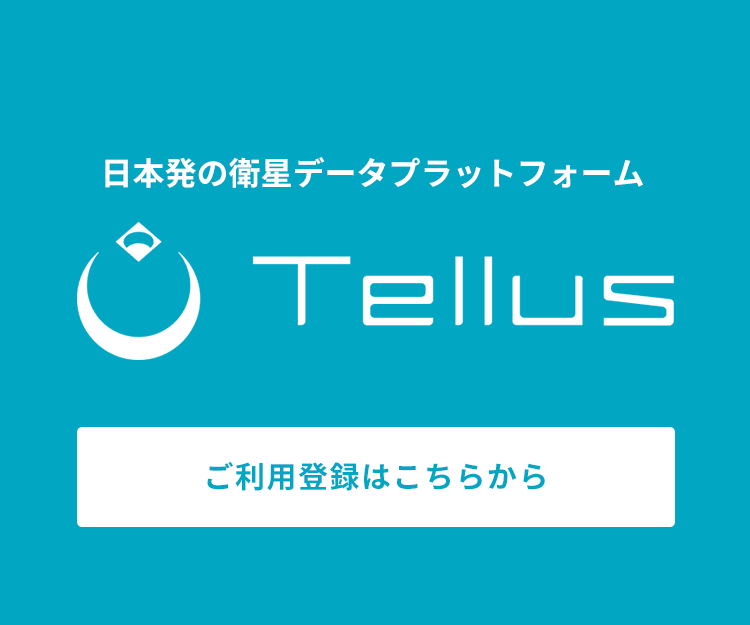Looking Back on the Space Business up to Heisei Period! 【Weekly Space Business News Roundup 1989/1/8 to 2019/4/30】
“Weekly Space Business News” updated every Monday presents you carefully selected worldwide space business news which came up within a week!
Name of the era is changing from Heisei to Reiwa at last (Ref: https://en.wikipedia.org/wiki/Japanese_era_name ). Since it is a nice opportunity, let’s look back on events which occurred in the Heisei period, focusing in the field of “space”.
Which event do you think was mostly impressive?
If I was to give a few examples, I would raise these topics below;
- ・First Japanese (Toyohiro Akiyama) went to space (1990).
- ・Cell phone with GPS function was released (2001).
- ・Japan Aerospace Exploration Agency (JAXA) was established (2003).
- ・Asteroid Explorer “Hayabusa” was launched in 2003 (returned in 2010).
- ・The International Space Station was established (2011).
Since “history of space exploration” is too broad to discuss, this time, we will focus on the angle of “space data business”, and look back on events in the category of ”Earth observation / weather”, “communication / broadcasting”, and “location Information”.
(1) Transition of Satellite Data Usage: Earth Observation / Weather

First, let’s start from the topic of Earth observation and weather data.
Starting from the Commercial Space Act of 1998 established in the United States, usage of satellite image in the private enterprises began, led by the launch of IKONOS-1, an optical image satellite with high resolution below 1m, attempted by GeoEye Inc. in 1999.
It can be said that space business utilizing Earth observation data started in the Heisei period.
In Europe, free satellite data platform “Copernicus Programme” was established. This provided a wide range of options to available free Earth observation satellite data, for the only data available was LandSat program operated by the United States until then.
It is fairly recent that Keyhole Earthview (an original service of Google Earth) was released, and that attempt of providing users satellite data and satellite data analysis platform together began.
Moreover, many startups have been founded in the Heisei period.
There are DigitalGlobe which owns many high-resolution optical satellites, Planet which operates more than 350 microsatellites, and Skybox Imaging (now sold to Planet) famous for being purchased by Google.
In Japan, there is Axelspace, founded by members who developed 10 cm cubed microsatellite called Cubesat (launched in 2003). In addition, there are more startups such as iQPS and Synspective.
Space development was hitherto country-led in most countries, but private companies became more active in the Heisei period.
(2) Transition of Satellite Data Usage: Communication / Broadcasting

Commercialization of communications satellites were relatively early compared to Earth observation satellites. For example, 1964 Tokyo Olympics was broadcasted in the United States via satellite.
As a startup in the category of communication service, there is SpaceX established in 2002, which is a leading company of space industry in the field of rockets. To add more, there are OneWeb, established in 2012, which gathered people’s attention by receiving large-scale investment from Softbank, and Kepler Communications, established in 2015, which is attempting to collect data from IoT device using satellite.
With increasing launches of communications satellites, Reiwa period may become an age that people say “there is no need of mobile phone base station on the ground”.
In Japan, the first domestic commercial communications satellite Superbird-C2 was launched in 2008. There is influence of section 301 of the Trade Act of 1974 in the background that domestic communications satellite was not easily adopted.
(3) Transition of Satellite Data Usage: Location Information

GPS became globally operational in 1993. Preceding this, Pioneer released the world’s first GPS car navigation in 1990.
It was in 2001 (Heisei period) that function that tells location information was added to cell phones. After smartphones getting released in 1996, applications such as maps and games that uses location information became widely adopted.
Michibiki, sometimes called “Japanese GPS”, was first launched in 2010. Its service started officially in 2018, and its positioning service with centimeter level augmentation is expected to expand in the future. Automated driving of not only the agricultural machineries but also of private cars may become common in Reiwa period.
(4) Heisei Space Business Roundup
In this article, we have summed up the events occurred in Japan and overseas, from the angle of space data business.
For there are much more than what we have introduced this time, we will sum up the events in the chart below, including the field of rockets.
Heisei period was an age that many private-sector-led space business sprouted their seeds.
Reiwa period may be an age to evaluate on how those space business grow and get implemented in society.
It is regarded to be an age when satellites takes more than one image a day. People would be possible to go on a space tourism, and to add more, it would be possible for humans to land on the moon or Mars.
Now, costs of satellite data are becoming less expensive, and some satellite data is opened to the public for free. Updates are getting more frequent, and quality of resolution is improving. Business utilizing big data (including satellite data) is developing more and more, and it will surely make our daily lives more convenient.
(In fact, not only satellite data but also ground level data is becoming an open source in various countries.)
This may be a little off topic, but Japan’s declining birthrate and serious aging will result in decline in working population, and companies may become short of hands. To make up for the labor shortage, digitalization in each industry is an urgent task. In terms of this issue, business utilizing various data may become prevalent in Japan, preceding other countries.
Business utilizing satellite data has no company in lead right now, nor its standard made.
This means that anyone can play the leading role, depending on your imagination.
It is an age when anyone can be a star; it is very interesting to see what will happen in the future.



